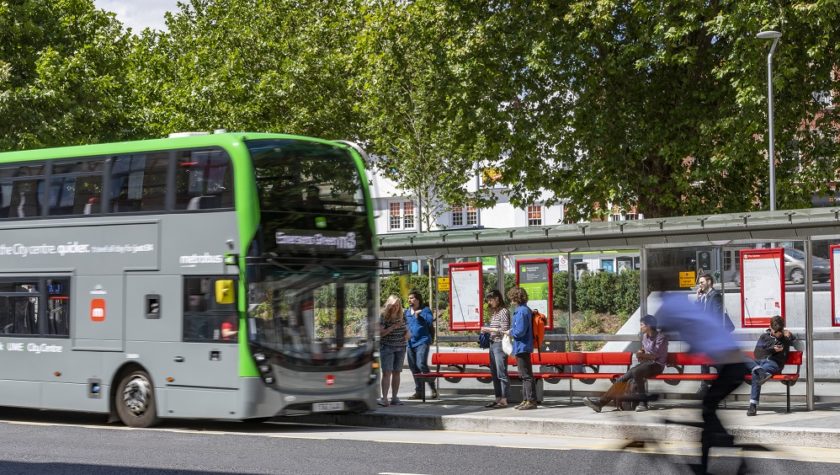Much is uncertain about the opportunities and challenges that will be presented by mobility in the future – but the choices that are made by politicians now on how to support effective public transport are sure to be critical, no matter what is ahead.
Technological change can come much faster or much slower than expected, and the ways that people will respond to new possibilities are even harder to predict. Innovations that are already on the horizon clearly have the potential to be transformative. Smarter management of traffic on the road and ever greater pools of data to optimise network operations are already making millions of journeys smoother, while electric vehicles are set to make emission free transport a reality for most travel.
More distantly, driverless vehicles could change the way people use cars with many possible benefits – perhaps including improved road safety, more accessibility for people who cannot themselves drive, or less need to use up valuable land for car parking.
But whatever technology may offer in the future, two lessons from the present will continue to be crucial to the future of mobility.
The first is the continued – indeed increased – need for public transport to access urban centres. Cities are popular destinations for employment and housing, and many are growing fast. This is great news but it means transport networks are congested, which will only get worse as more people and businesses move to urban areas.
There is no better way to get lots of people in and out of city centres than efficient public transport, alongside good quality cycling and walking provision for people who live closer in. Cars are convenient, but they take up a lot of road space per person. Driverless cars may take a little less space per person if they can be used to encourage car-pooling – but they will never be able to deliver the very high capacities that can be achieved with buses or other forms of public transport. They may even lead to more congestion, as greater convenience means more demand and cars start to drive around empty to pick up their owners.
So cities that want to grow and promote good quality of life will need to develop better public transport. Technology may help improve the efficiency of these – better co-ordination and on-demand ride services, for instance. But much of what is needed to make a public transport network effective is already known and possible today.
And that brings us on to the second lesson from the present. The greatest challenges facing better public transport are not about technical capability but about choices made by society, and in particular by politicians.
Effective public transport needs to be given priority over road space. That could mean building major new infrastructure like trams, but it doesn’t have to – many of the benefits of large-scale transport projects can be achieved with better bus networks or bus rapid transit lines. Whatever option is taken, the most important success factor is the ability to offer fast, frequent services that travellers will actually want to use. Delivering this means making difficult choices on road space, consistently giving public transport routes priority over cars to ensure they are not held back by congestion.
This can be hard to sell to the public when they are used to travelling by car. To make it happen, local leaders need to be in a position to do more than simply restrict car use – they need to be able to set out ambitious, credible visions for how public transport can be an effective alternative.
For this to be possible they need ministers too to make the right choices. The National Infrastructure Commission’s advice to government, published last year, recommended that city leaders should be given stable, devolved infrastructure budgets and £43 billion of additional funding by 2040. This would enable them to set out and deliver transport strategies that meet the needs of citizens and allow cities to remain attractive places to live and work as they grow.
The government’s response this autumn – expected as part of its National Infrastructure Strategy – will be a defining moment in the future of mobility, setting out some of the choices that will determine whether or not cities can respond effectively to the challenges ahead.
This post was first published by the Transport Knowledge Hub.




